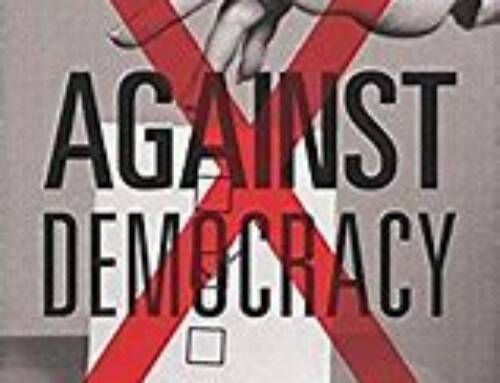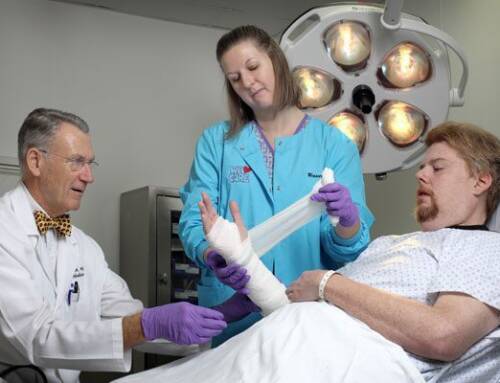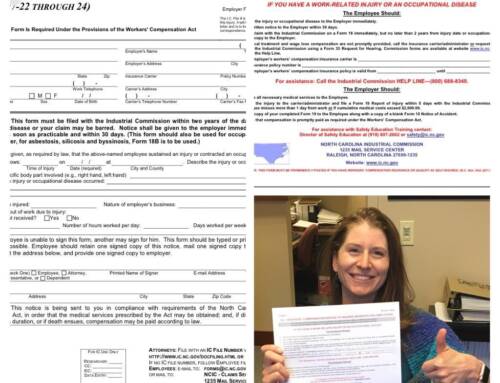Lately there’s been a lot of buzz surrounding a drug known as ketamine. Some workers’’ compensation patients with chronic, neuropathic pain [i.e. Complex Regional Pain Syndrome (CRPS) and Reflex Sympathetic Dystrophy (RSD)] are lauding ketamine as a new wonder drug and a few pain clinics are now prescribing ketamine therapy to treat certain pain conditions when other treatment is not effective. Yet, ketamine is by no means a new drug. Developed in the 1960s, ketamine has typically been used as a pediatric anesthetic or by the military in emergency surgery situations (think Vietnam). It’s a serious medication and is typically administered intravenously in the clinic.
Clearly, ketamine is a potent drug. Not to mention that it’s a derivative of Phencyclidine (“PCP” or “Angel Dust”). On the street, ketamine is called “Special K” and is highly sought for its hallucinogenic side effects. Yet, now it’s being prescribed in certain contexts for treatment of major depression and chronic pain conditions (i.e. CRPS/RSD) and being hailed by some as an effective treatment modality where others have failed.
The press surrounding ketamine lately has largely been optimistic. Last year, NPR broadcast a piece on Talk of the Nation featuring ketamine. The program discussed ketamine’s potential as a fast-acting drug to relieve major depression, particularly when other medications were no longer effective. A few months ago, Time ran an online article entitled “Club Drug Ketamine Lifts Depression in Hours.” Based on the title alone, what depression sufferer wouldn’t want to try ketamine? The article reported that “[a]fter receiving a single intravenous (IV) does of ketamine, 64% of patients reported fewer depression symptoms within one day compared to 28% of those given midazolam – an anesthetic drug that was used as a control.” Even CBS News ran an article earlier this year stating that “[k]etamine may be quick, effective treatment for untreatable depression.”
RSD patients and pain clinics are reporting similar fast-acting pain relief stories. One patient reported that ketamine therapy reduced her pain to a manageable 5 out of 10, on a pain scale of 1 to 10 with 10 representing the most amount of pain imaginable (see article). Another patient who had full-body CRPS had undergone several pain treatment modalities. She had tried Bier blocks, spinal blocks, and a spinal cord stimulator. Nothing relieved her pain. However, after about a year on the ketamine treatment program, she was able to mow her lawn for the first time in ten years.
Ketamine is a controversial topic in the medical community. There is not much research on the long-term effects of ketamine use. Some say that chronic use of ketamine may cause verbal, short-term memory and visual memory loss. Some research indicates that the effects on the brain are irreversible. Currently not many clinics are offering ketamine therapy. Clearly the potential benefits could be tremendous and RSD/CRPS treatment could be revolutionized. However, as with any form of therapy, patients should discuss the benefits and risks carefully with their doctor.







